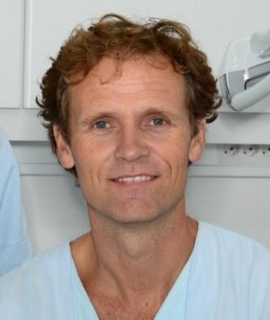Title: Pattern of clefts and dental anomalies in six-year old children: a retrospective observational study inwestern Norway
Abstract:
Objectives
Cleft lip and/or palate is the most common congenital disorder in head and neck in Norway. The incidence is 1,8 per 1000 live births. The disorder has a multifactorial etiology and complex clinical symptoms. It therefore requires multidisciplinary treatment with orthodontics playing a significant role. The goal of this study was to investigate the frequency and distribution of clefts of patients under treatment by the cleft lip and palate team in Bergen. Other goals were surveying the amount of quantitative and qualitative tooth and occlusion anomalies among children with cleft lip and palate.
Material and methods
The main inclusion criterion of this descriptive observational study was patients that were examined at 6 years old in Bergen from spring 1993 to autumn 2012. The reports were borrowed from the center of CLP, Hordaland County Council. 988 reports were eligible and made the foundation for the study.
Results
The gender distribution among the patients with cleft was 58,8% male and 41,2% female. Clefts of the palate (CP) were most common (39%), before cleft lip and palate (CLP) (26,8%) and cleft lip (CL) (25,8%). The frequencies of dental agenesis, supernumerary teeth and localized microdontia were 37%, 18,1% and 7,7% respectively. Supernumerary teeth and localized microdontia were most common in CP, while CLP presented agenesis most frequently. 48,8% was diagnosed with at least occlusal anomaly. Unilateral posterior crossbite (38,8% in CLP) and negative overjet (37,2% in CLP) presented the highest frequencies in the cleft subdivisions.
Conclusions
The gender distribution of individuals with orofacial clefts is stable, while CP is the most common subtype. Children with clefts present high prevalence of quantitative and qualitative dental anomalies, as well as malocclusions.




